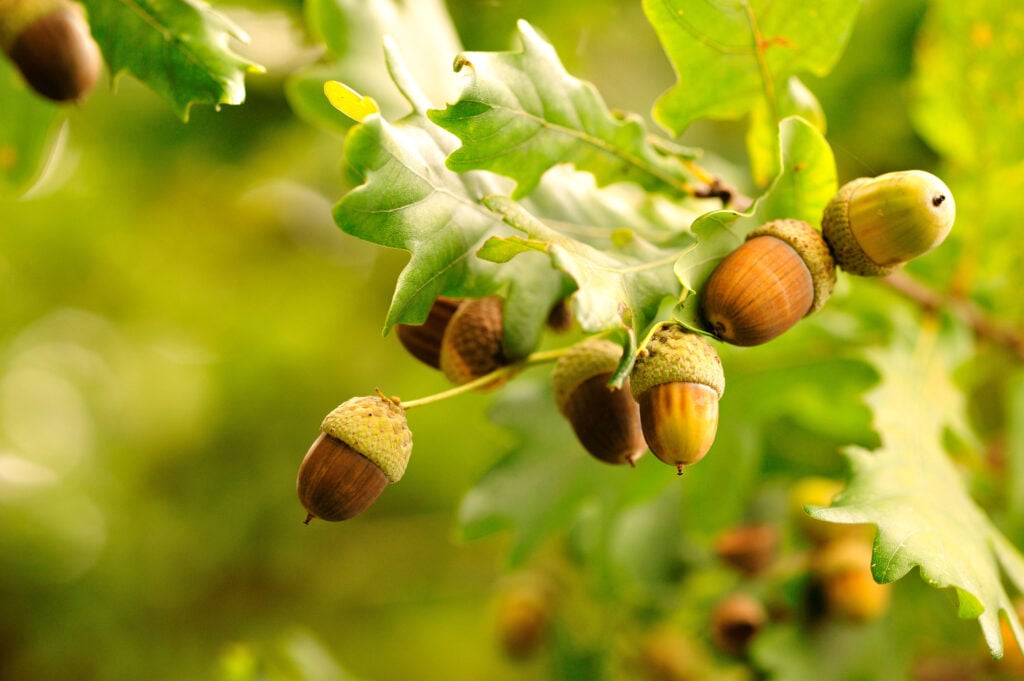


On the one hand, experiencing the firsthand delights of eating acorns and contemplating the recession of this practice over centuries brings forth all manner of social, historical, political, and ecological questions. Thayer observes that “the world looks different when you eat acorns,” and he’s right. Soon, I was deriving nourishment from this modest fruit that had been resting inconspicuously in the grass all around me, and the nourishment was not merely physical.

Despite the mixture of awe and trepidation that surfaced as I reviewed Thayer’s encyclopedic insights, following these instructions allowed me to slowly become acquainted with the joy of balanophagy. The acorn flour that results, however, can be easily stored and then transformed into delicious pancakes, cookies, and breads. Acorns are leached in hot water to produce a porridge-like meal that can be ready the same day while acorns leached in cold water can be used to produce an acorn flour that can take many days to produce. In his book Nature’s Garden, Thayer instructs his readers to examine their acorns for signs of ill health and insect damage, then dry, crack, shell, and grind or chop them, and finally leach out the tannins responsible for the acorns’ bitterness in hot or cold water depending on the cook’s specific culinary agenda. In a world in which systems of industrial agriculture have decoupled the act of eating from the act of physically procuring and processing raw ingredients over extended periods, the multistep process required to even just select the right acorns and then render them edible seemed overwhelming. Both offer in-depth instruction in acorn processing for the table, and despite their accessible presentation of the information, I initially felt a bit intimidated. My foray into the world of balanophagy first brought me to the work of Maine-based botanist Arthur Haines and Wisconsin-based wild food expert Samuel Thayer. Remnants of these societies can be found in modern-day Korea, Italy, and the United States, but this mode of subsistence has largely receded in the wake of various social and ecological developments, including the domestication of goats, the burning of oaks for fuel, and ongoing processes of colonial expansion that have dispossessed Indigenous peoples of land and disrupted their traditional practices. Earth was once home to a number of intact balanocultures, human societies organized around harvesting acorns rather than, for example, grain. Despite its utter absence from mainstream American food culture, we have a name for the consumption of acorns: balanophagy. COMPRISING MORE THAN FOUR HUNDRED species and two genera, oaks and their fruits abound in most temperate regions of the world, where they feed a great many organisms, from squirrels and deer to turkeys and jays to humans.


 0 kommentar(er)
0 kommentar(er)
